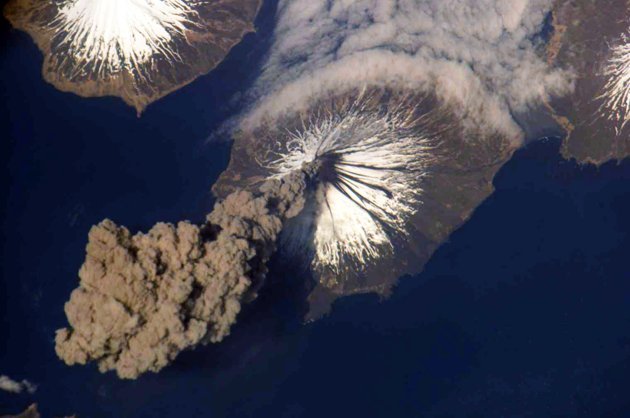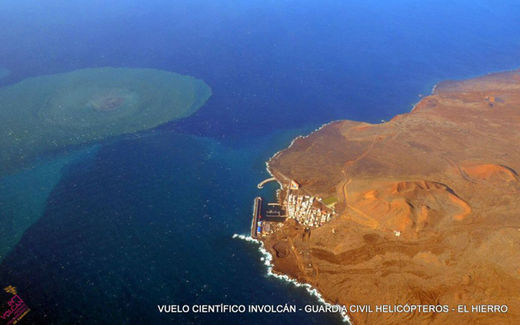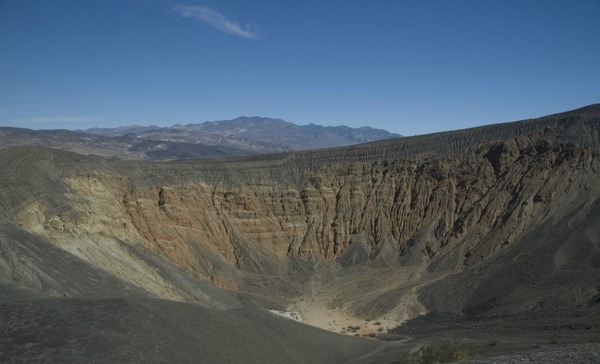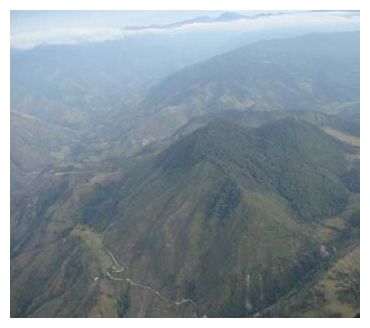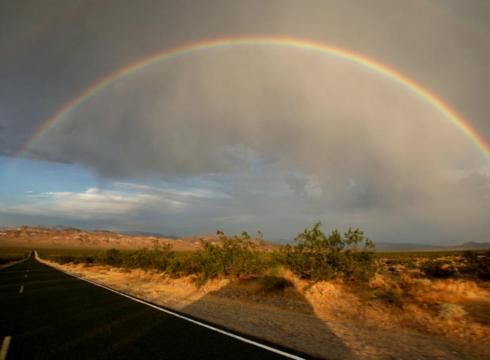
Two recent papers highlight the shift. One looked at a Death Valley volcano thought to be 10,000 years old and found it last erupted just 800 years ago, and is still an eruption danger. The other found that large caldera volcanoes, such as the one under Crater Lake in Oregon, can recharge in a matter of decades, rather than the thousands of years previously thought.
"The understanding of the timing of eruptions and the timing of the building up to eruptions is changing," says Margaret Mangan, the scientist in charge of volcano monitoring in California for the U.S. Geological Survey. "These two papers are very nice examples of good scientific work."
One thing that's coming to light is that eruptions are often clustered, with "long stretches of inactivity punctuated by periods of activity that can go on for years," Mangan says.

